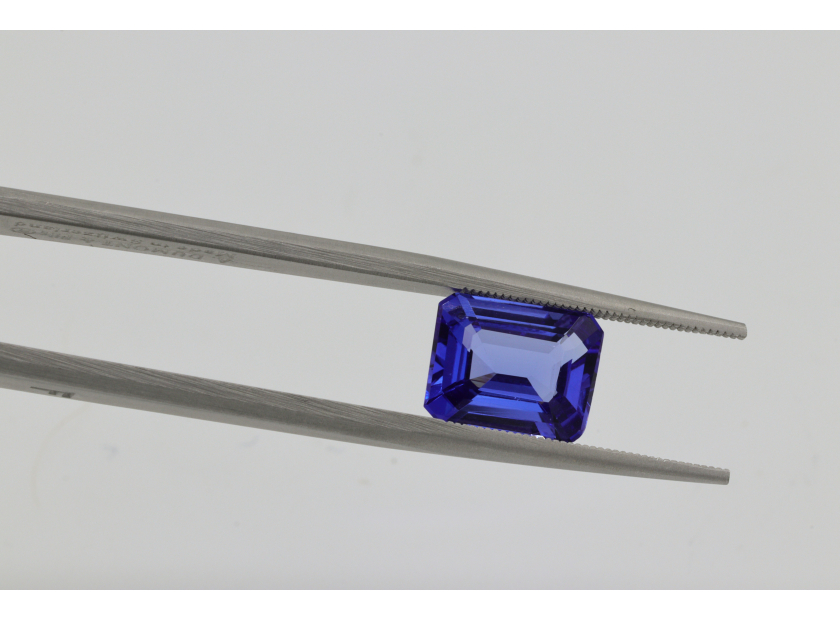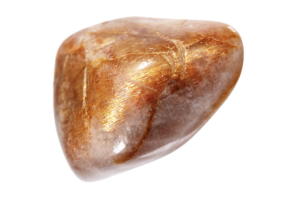USD
/
USD
/
Shipping to:
Currency:
How to Tell If a Tanzanite Is Real – Expert Tips to Spot a Genuine Gem
Tanzanite, with its mesmerizing hues of blue and violet, has captivated gemstone enthusiasts since its discovery in Tanzania in the 1960s.
Given its rarity and appeal, making sure your tanzanite is authentic is essential for both buyers and collectors.
This guide will walk you through the key steps to determine if your tanzanite is real.
Understanding Tanzanite
Tanzanite is a unique gemstone, found only in the Mererani Hills near Mount Kilimanjaro in Tanzania.
Its distinctive color comes from traces of vanadium in the stone.
In its natural form, tanzanite is trichroic—meaning it shows blue, violet, and burgundy tones depending on the viewing angle.
Most tanzanite is heat-treated to bring out those signature blue and violet hues, turning it dichroic and reducing visible burgundy tones.
If you're exploring other colored stones, check out gemstone engagement rings.
Why Authenticity Matters
The jewelry market is full of synthetic or imitation stones that look similar to tanzanite.
Buying a fake can lead to significant financial loss and can impact the emotional value of the piece.
Learning how to identify real tanzanite helps you buy with confidence and avoid scams.
If you’re deciding between natural and lab-created stones, check out this comparison of lab-grown diamonds vs. gemstones.
Main Features of Real Tanzanite
Color:
Genuine tanzanite ranges in color from deep blue to rich violet. The most valuable stones have a strong, saturated color with a mix of both hues.
Lighter stones or those that look too purple may be lower quality—or not tanzanite at all.
Pleochroism:
Real tanzanite displays pleochroism, showing multiple colors when rotated in light. This effect is one of the clearest signs you're dealing with the real thing.
Clarity:
Most high-quality tanzanite is eye-clean, though minor inclusions are normal. Stones that appear flawless under magnification could be synthetic.
How to Spot a Real Tanzanite
Look at the Color
Rotate the stone under natural and artificial light. You should see shifts between blue and violet—maybe even flashes of burgundy in untreated stones.
Use a Jeweler's Loupe
A 10x magnification loupe can help you inspect the stone for natural inclusions or internal growth lines that confirm it's natural.
If you see gas bubbles or it looks unusually clean, it could be glass or a lab-made imitation.
Check the Refractive Index
Real tanzanite has a refractive index of about 1.685 to 1.707. This can be tested using a professional gem refractometer.
Common Tanzanite Imitations
Synthetic Forsterite:
This lab-created material mimics tanzanite’s color but has a lower refractive index and shows double images of back facets due to strong birefringence.
Glass and Cubic Zirconia:
These imitations lack pleochroism and are singly refractive. A dichroscope can easily spot the difference.
To understand more about how different stones are formed, read about how gemstones and diamonds form.
Professional Certification Matters
Always ask for certification from respected gemological labs like GIA. A certificate outlines the stone’s authenticity, treatment history, and characteristics.
If you're looking for verified pieces, browse these gemstone rings that come with certification.
Tips to Avoid Buying Fake Tanzanite
Buy from Trusted Sellers:
Choose retailers with a solid reputation, return policy, and positive reviews.
Ask for Paperwork:
Always request a gem certificate that confirms the stone's identity and treatment.
Beware of Deals Too Good to Be True:
If the price is shockingly low, it probably isn't real tanzanite.
Want something truly unique? Explore non-traditional engagement rings featuring bold, authentic stones.
Can You Test Tanzanite at Home?
While you can check for color shifts or use a loupe, accurate identification usually requires tools like a refractometer or UV light.
When in doubt, consult a gemologist.
FAQs
Is all tanzanite heat-treated?
Yes, most tanzanite is heat-treated to enhance its blue-violet tones. This is standard in the industry and does not reduce value.
Can tanzanite be scratched?
Tanzanite has a hardness of 6 to 7 on the Mohs scale, so it’s softer than many other gems. Handle it with care to avoid scratches.
Are synthetic tanzanites available?
No, tanzanite hasn’t been successfully synthesized. However, there are many lookalikes, so always verify authenticity.








